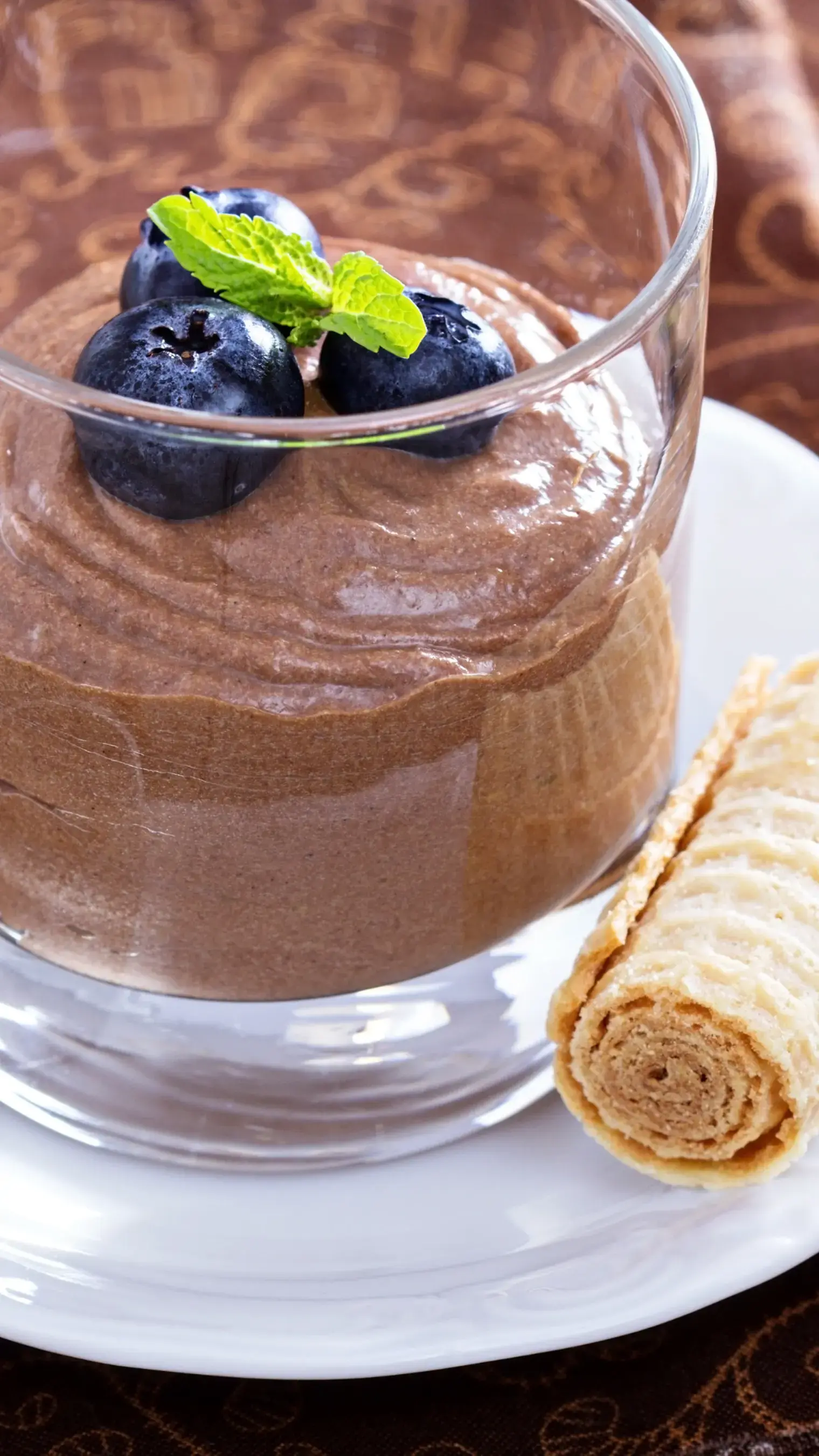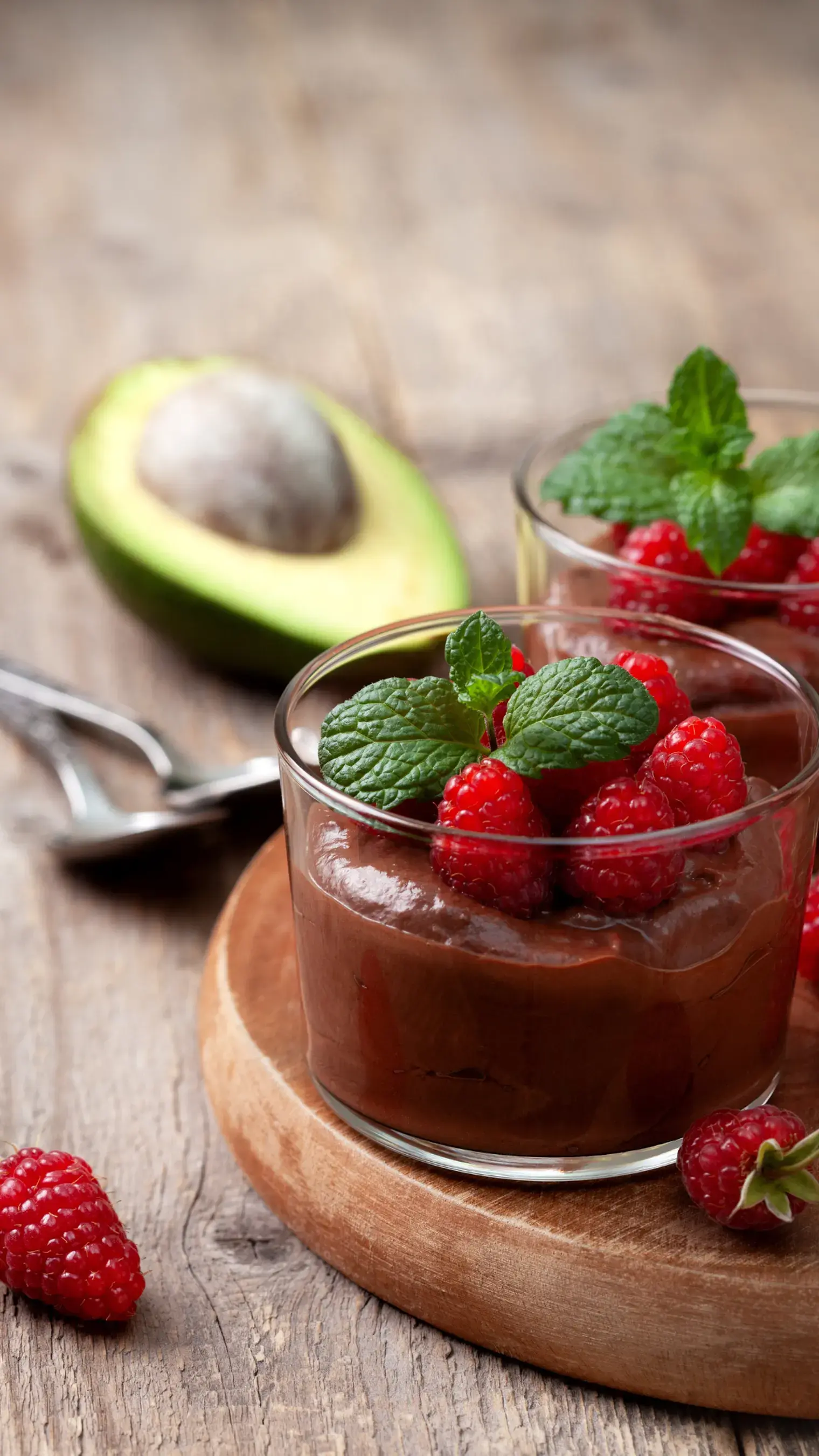When following a badam halwa recipe with Dairy Milk, keep these tips in mind to improve its creaminess and richness.
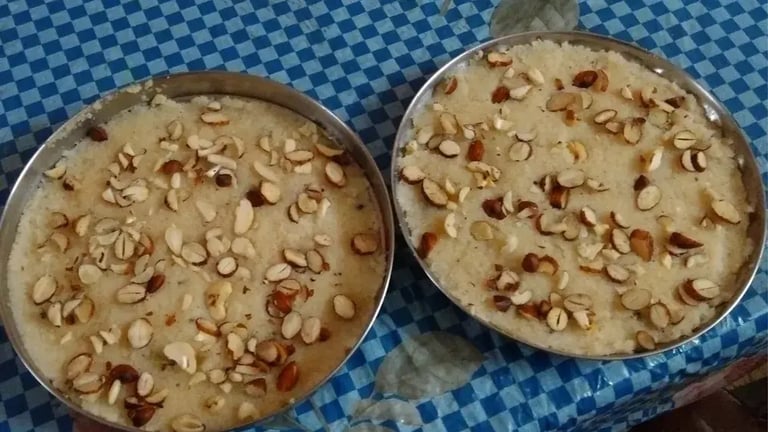
Badam halwa is a luxurious dessert often reserved for special occasions, and when done right, it melts in your mouth with nutty richness and ghee kissed warmth. In recent times, home cooks and food enthusiasts have started experimenting with classic recipes to give them a unique twist. One such delightful innovation is the badam halwa recipe with Dairy Milk, which brings together the earthy elegance of almonds with the soft, creamy sweetness of Dairy Milk chocolate. But simply adding chocolate isn’t enough. There are several techniques you can use to boost the halwa’s creaminess and texture to make every bite feel indulgent. So here are five practical tips to help you achieve that luscious, melt in your mouth consistency while staying true to the spirit of this traditional Indian sweet.
The almonds
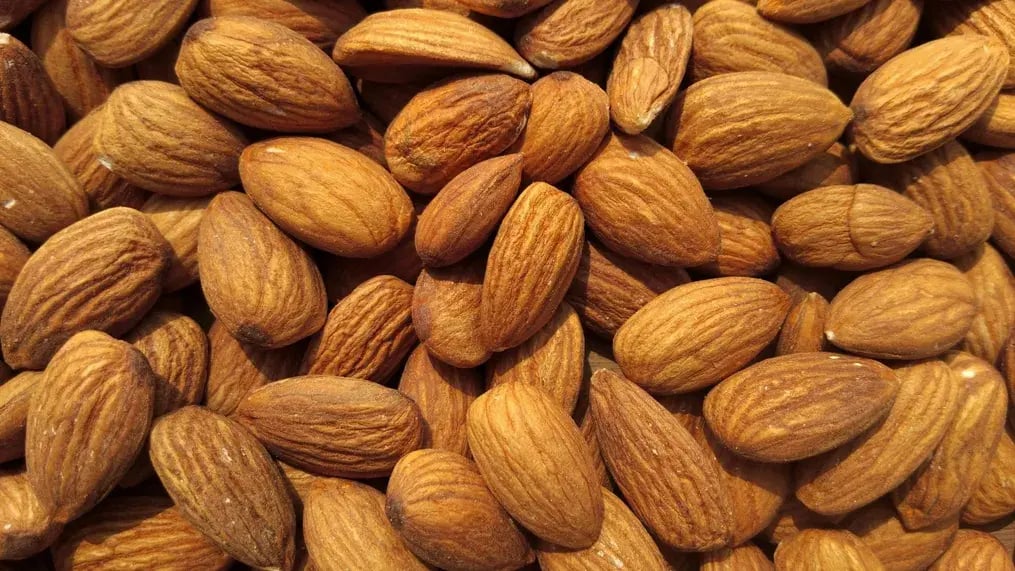
The base of any badam halwa is the almond paste. The smoother this paste, the creamier your final halwa will be. While soaking almonds in hot water for 30 minutes can work in a pinch, soaking them overnight gives superior results. The almonds absorb more moisture, soften completely, and peel easily, making them ideal for blending into a rich, velvety paste. Once peeled, blend the almonds with full fat milk instead of water. The milk not only gives a richer texture but also harmonizes beautifully with the Dairy Milk addition later in the process. The goal is a fine, lump free paste, almost like a nut butter.
The Dairy Milk
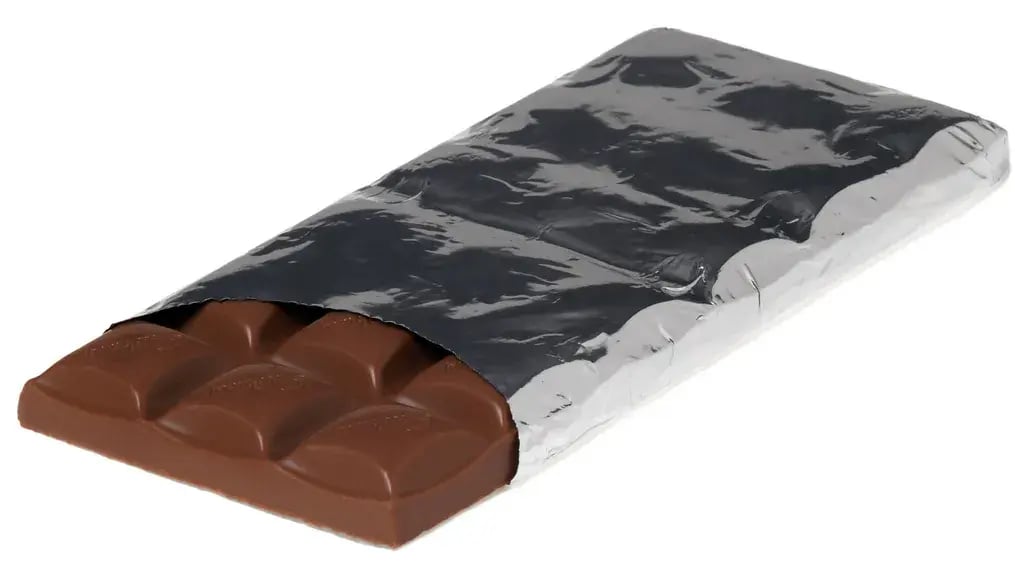
To fully integrate Dairy Milk into your halwa without compromising its texture, timing is everything. Don’t toss the chocolate in too early, as it could burn or separate due to the high heat and ghee. Wait until your almond paste has cooked down and your sugar is fully dissolved. The halwa should have started thickening again before you fold in the chocolate. Grate the Dairy Milk or finely chop it before adding so it melts quickly and uniformly. Let it dissolve gently over low heat while stirring constantly. This slow infusion helps the chocolate blend into the halwa rather than sit on top of it or clump. For a deeper, silkier texture, consider melting the chocolate separately and folding it in like ganache.
The ghee
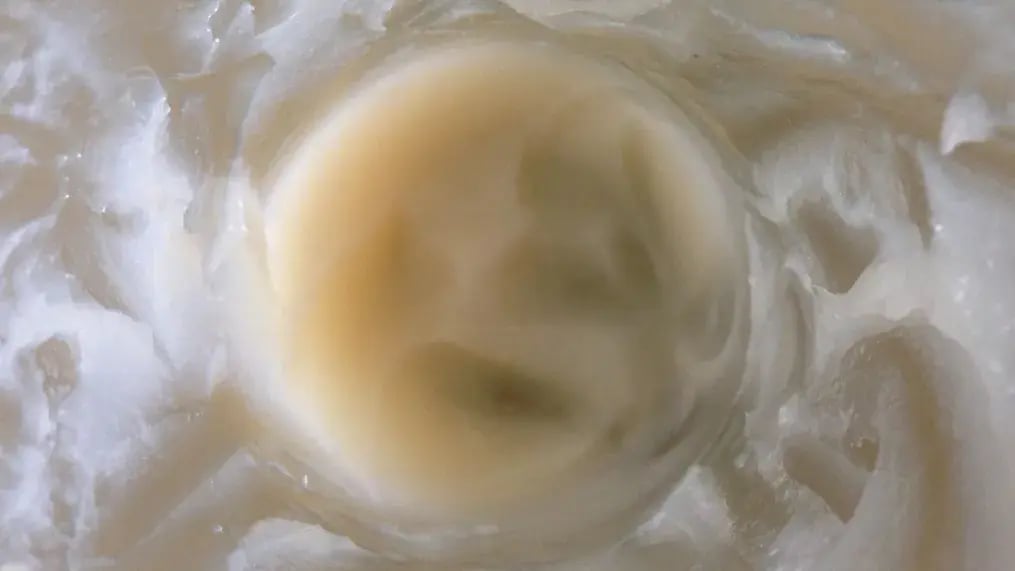
One of the hallmarks of great halwa is the unmistakable shine and richness that comes from ghee. Ghee doesn’t just contribute to flavor, it plays a critical role in emulsifying the mixture and preventing the almond paste from sticking to the pan. Instead of adding all the ghee at once, incorporate it gradually. Begin cooking the almond paste with a small amount of ghee, and add more in stages as the halwa thickens. This ensures better absorption and helps create that soft, creamy finish rather than an oily one. Look for the halwa to start leaving the sides of the pan and developing a glossy sheen, as that’s your cue that it’s properly cooked and the fat has done its job.
The milk and sugar
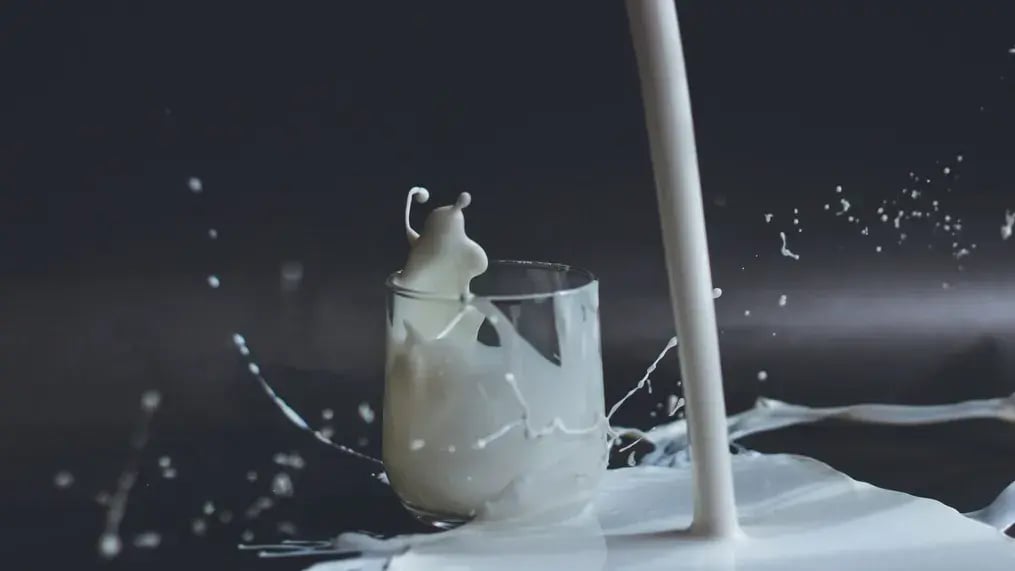
Creaminess isn’t just about fat, it’s also about the right moisture balance. Using too little milk can make the halwa dense, while too much sugar too early can create a gritty texture. In halwa, full fat milk serves as both a blending agent and a cooking medium, adding to the luxurious mouthfeel. Introduce the sugar only after the almond paste is fully cooked and slightly thickened. Sugar draws out moisture, so if added too soon, it can dilute the texture and hinder the cooking process. Add sugar in a gradual stream and keep stirring to maintain an even consistency. Then allow the halwa to simmer until it regains thickness. After adding sugar, the halwa will first loosen and then rethicken.
The cooking
A common mistake people make with halwa is rushing the cooking process on high heat. Almonds are delicate, and chocolate can scorch quickly. To preserve their flavor and achieve a creamy texture, patience is your best friend. Always cook badam halwa on a low to medium flame. Stir frequently, if not constantly, using a flat wooden spatula or silicon spoon to ensure the mixture doesn’t stick to the bottom or burn. Low heat allows the almond paste to absorb the ghee and chocolate slowly and evenly, helping the halwa develop its signature richness. This method also gives time for the natural oils in the almonds to release, which enhances both texture and taste.
Like This Article?
More Like This
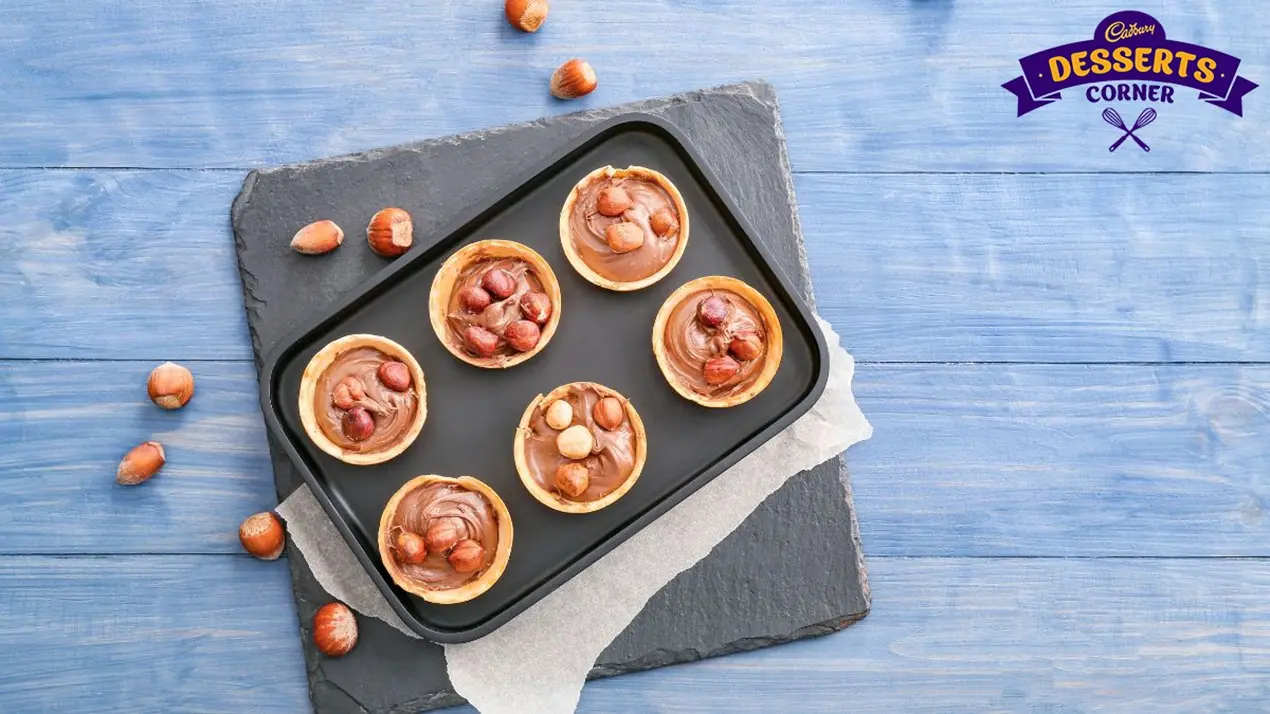
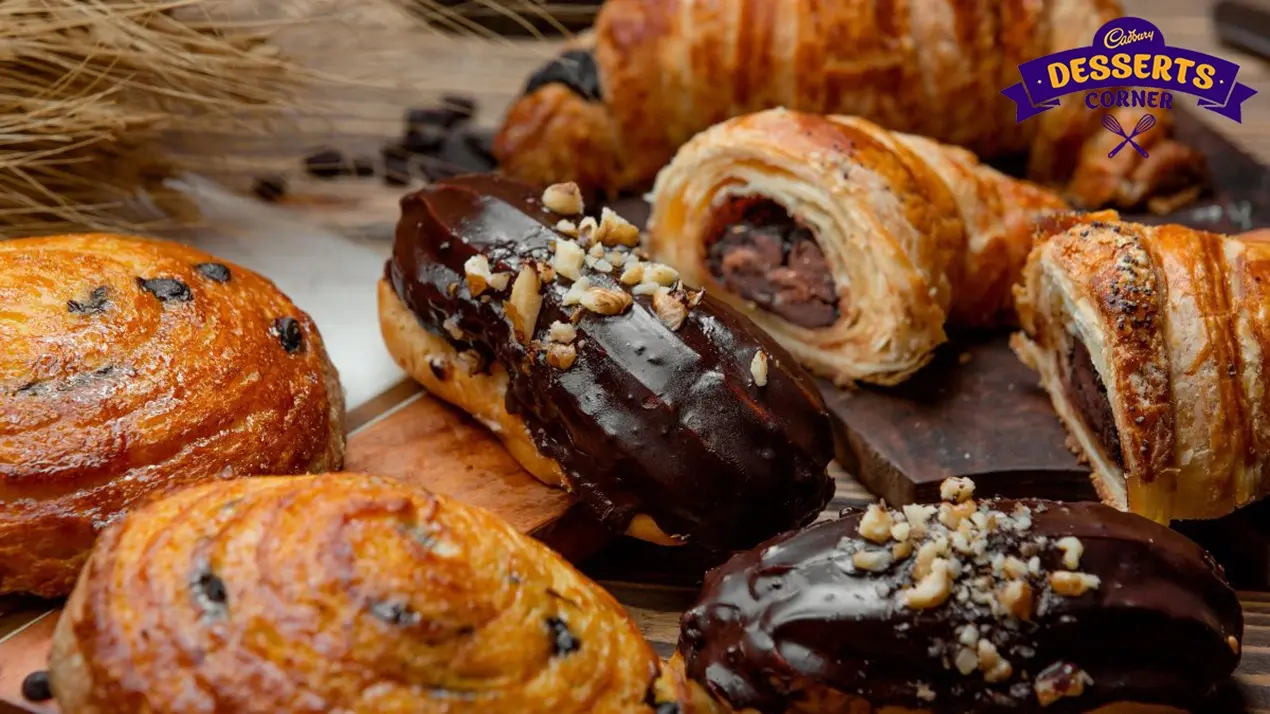
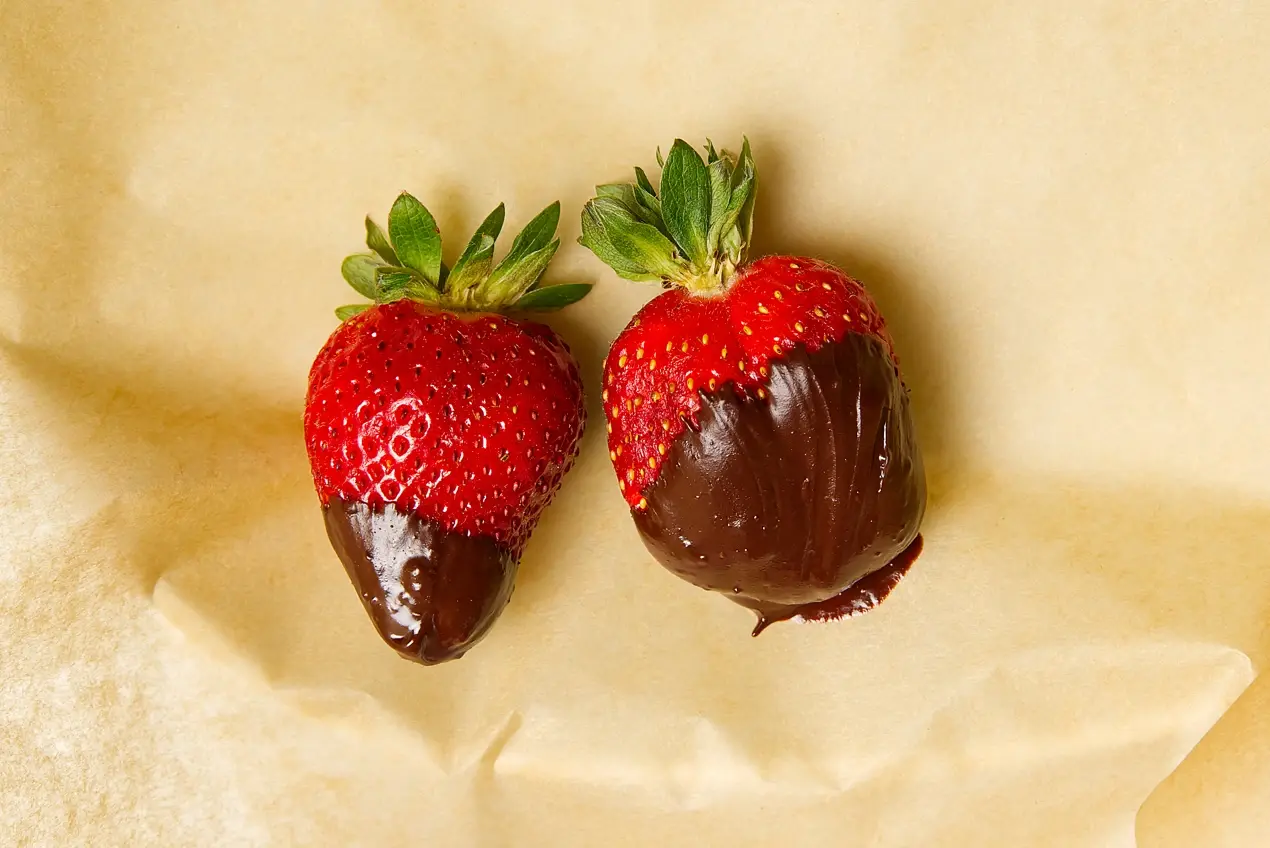

Popular Articles




Trending Web Stories
Curated Recipes

















